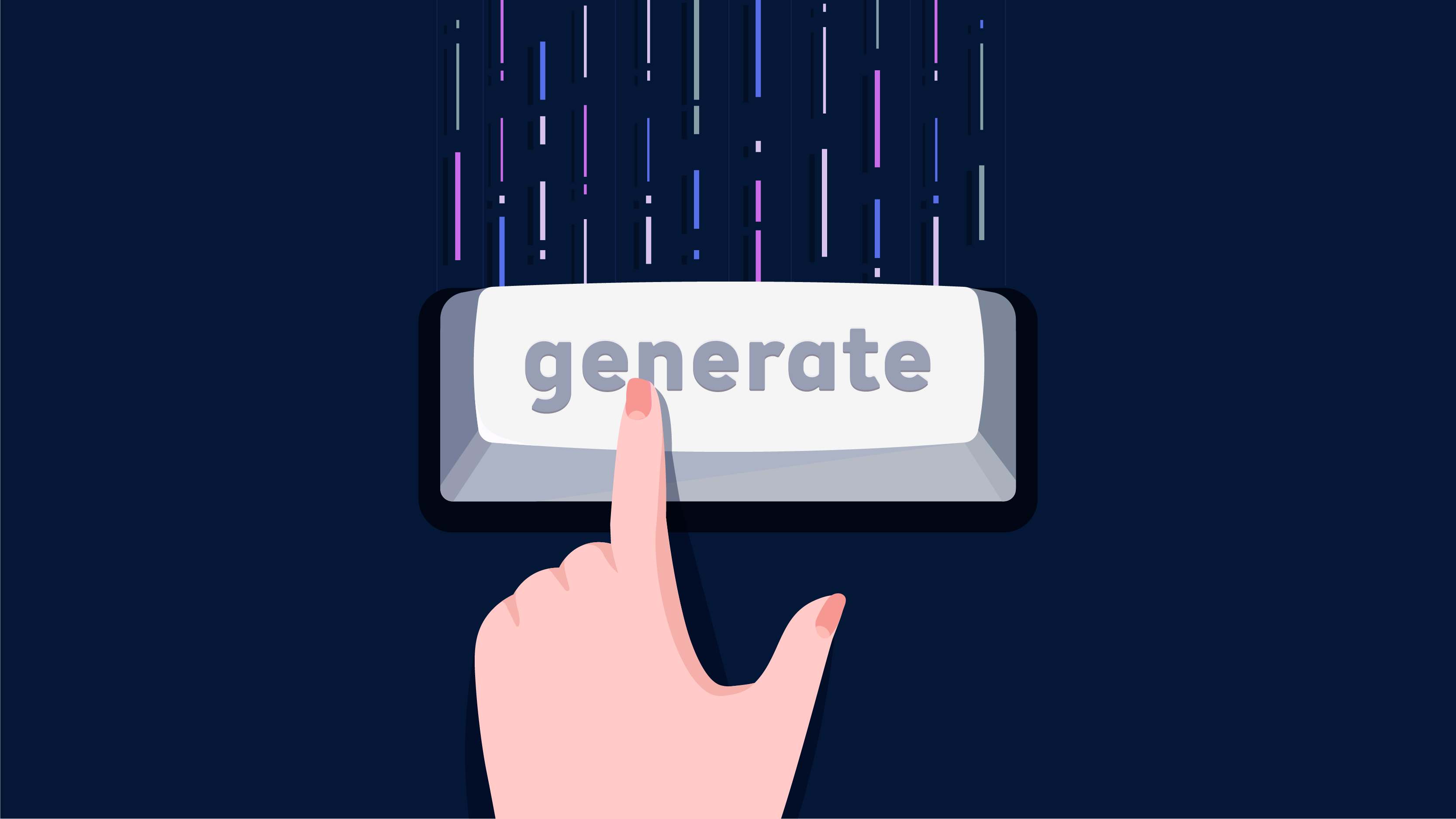The world of startups is complex and dynamic. There are many pitfalls in it, and every wrong step can have long-lasting consequences. Many lose money simply because they failed to create a new business development plan properly, control the cash flow, or find the dream team.
In our new article, we will talk about typical startup mistakes that entrepreneurs make at the very beginning. We will also try to figure out how to set requirements for control of the development process and budget to avoid potential failures.
Typical Startup Mistakes of an Entrepreneur
Let’s start with the typical startup mistakes that entrepreneurs make at the beginning of their journey.
- Underestimation of the project’s scope. You can be driven by passion and optimism, and that’s great. However, all too often, enthusiasm leads to both large and small business owners underestimating the complexity of their projects. This leads to inadequate budgeting and creates conditions for potential failures.
- Neglecting of planning. Creative chaos is great for generating ideas, but when it comes to development, it can kill your startup. Lack of clear planning leads to failure to anticipate and plan for unforeseen challenges and to understand whether progress is being made.
- Not including stakeholder communication. Communication gaps can occur when entrepreneurs are immersed in the details of their projects. Failure to keep stakeholders informed can lead to misunderstandings and undermine trust.
Also, we can’t ignore startup mistakes that can shoot later. First, entrepreneurs can focus on immediate needs without considering the scalability of their projects. This oversight can lead to costly overhauls or restrictions as the project grows.
Second, insufficient documentation can be a problem that will haunt you later in the project’s life cycle. Proper recording of decisions, changes, and justifications ensures clarity and accountability.
It is also a mistake to rely solely on historical data. Past successes or failures are valuable lessons, but relying solely on them without considering the current dynamics of the project can lead to bad decisions.
At Cadabara Studio, we understand the vital role cash flow plays in project success. Our comprehensive approach ensures not only effective development but also careful monitoring and control of the budget. Contact us for advice and set your project on the path to financial success!
So, How to Set Requirements for Monitoring Progress and Budget?
Let’s address this issue step by step.
Start with clear project goals
In the first stage, setting unambiguous goals and objectives for the project is critical. It is essential for a successful business to set the direction and establish clear checkpoints for achieving smaller and more general goals.
It doesn’t matter if you’re working on a complex fintech project or trying to create a simple and concise shopping app: your goals are paramount. They may change during the development process and product evolution, but they help understand whether your team has understood you correctly and whether they share your vision.
Clear roadmap for progress – business plan
A well-structured business plan serves as a clear road map that guides the project from conception to completion. It outlines the main stages, giving a complete picture of the journey ahead. Let’s look at its main features.
Iterative development
Breaking the plan down into iterations is like creating a stepping stone to business success. Each iteration represents a distinct phase that contributes to a focused development effort. Each product version should be carefully outlined to allow stakeholders to see the big picture and all its smaller components.
The development plan should include mainstages, product versions, and so on. Regular reports at the end of every iteration are checkpoints that give you insight into progress, challenges, and accomplishments.
Clarity is paramount in this case. Whether it is a healthcare mobile app with a complex functionality or any other product, your development plan that includes demos or reports for each version or iteration fosters transparency. You can witness the progress and get a tangible understanding of the project’s evolution.
Also, breaking down the entire process into iterations tied to achieving a certain result makes it possible to understand the real pace of development. That’s why you need a clear vision and a deep understanding of how the project’s goals align with the organization’s broader mission.
Moreover, from the iterations where the goal was not achieved, you can identify the main weaknesses and shortcomings that should be worked on. This will help identify issues in time and react to them.
Do not gamble on development – talk to us. The success of your project depends on making the right decisions from the start. Let’s discuss the unique needs of your project: from bug reporting to iterative development, we’ve got you covered.
Flexibility in accepting changes
In any industry, from multifunctional logistics applications to advanced educational software, changes are inevitable. Unfortunately, small business owners do not always consider this and are not ready to deviate from the initial roadmap. In such cases, they often see a lop-sided development picture and cannot control the budget and monitor progress.
Therefore, a truly reliable development plan should not be rigid but rather flexible, capable of responding to change requests. This adaptability ensures that the project can pivot when necessary without compromising its overall trajectory.
Bug reports as performance metrics
In development, bugs aren’t just failures; they are performance indicators. The development plan/business plan should highlight the bug reports, quantify the problems encountered, and demonstrate how the team solved them.
They are not just obstacles to overcome; they are indicators of the sustainability of new business. The number of bugs and the team’s reaction to them indicate the project’s health. Careful handling of bug reports not only ensures the success of the current project but also sets the stage for future efforts. Ignoring or mishandling them can have a lasting impact, affecting the project’s credibility.
Therefore, your task is to regularly receive and analyze bug reports in order to understand whether the team is working with them effectively and how they will affect the future of your product.
Some other important things to consider
In addition to the intricacies of development plans and bug management, comprehensive documentation is another key to project success. Often, the details are easily lost in the whirlwind of tasks, and careful documentation of everything becomes the cornerstone of control and clarity.
- Control through documentation
Meeting notes, change requests, bug reports are not just paper formalities. They are the threads that weave the fabric of project control. Whether it is the insurance app development, digital wallet, or finance management product, armed with clean and complete documentation, you gain unprecedented control over the process. It’s like having a well-organized game room that ensures every move is thought out and strategic.
- Seeing the full picture
Documentation is not just a record of actions; it is a complete vision of the picture. It provides a historical record that allows stakeholders to track the evolution of decisions, changes, and challenges. Such a comprehensive view is essential for making informed decisions and maintaining a holistic understanding of the project narrative.
- Code and server access is your strategic asset
In addition to quality control during development, access to code and servers is a contingency plan in itself. Consider the scenario of transitioning to a new development team – the availability of these assets means a seamless transfer. New developers can pick up where the previous team left off, eliminating the need to start over and ensuring continuity.
In essence, comprehensive documentation and strategic access to code and servers ensure control, clarity, and efficiency. Creating a repository of meeting notes, change requests, bug reports, and providing access to the project’s digital infrastructure is a strategic investment in the sustainability and long-term success of the successful business.
How to Conduct an Audit?
Conducting an audit may be a complex process, especially when it comes to complex e-commerce projects or real estate applications with augmented reality. Let’s talk about the main approaches to auditing and shed light on the important components that require evaluation.
1. Open audit
In the spirit of transparency, an open audit involves informing the team and obtaining additional reports. This approach fosters a collaborative environment by encouraging team members to contribute their ideas and perspectives.
It evaluates tangible results and the team’s openness and responsiveness to scrutiny. Open audits are valuable for building trust and fostering a culture of shared responsibility, but may not always be effective and lead to business success.
2. Closed audit
In contrast, a closed audit is like a silent observer scrutinizing the project without the team’s prior knowledge. With access to documentation, code, and all project components, this approach allows for an unbiased evaluation.
This is a litmus test of the self-sufficiency of the project and compliance with the established standards. Although discrete, closed audits play a crucial role in independently evaluating the project’s inner workings and cash flow control.
3. Third-party audit
The third-party audit engages a third-party specialist for an unbiased and expert assessment. This auditor is given access to the documentation and code with a mandate to conduct a comprehensive evaluation.
The third-party auditor can choose an open or closed approach and even interview team members for a holistic assessment. This method provides an outside, objective perspective and is particularly useful when an unbiased assessment is required.
Critical components of the audit
Regardless of the audit approach, a comprehensive assessment should delve into critical components:
- Analysis of reports. Carefully review all reports generated throughout the project lifecycle. Evaluate the accuracy, completeness, and relevance of these reports to provide information on project progress.
- Bugs assessment. Evaluate the frequency and resolution of bugs. Understanding the bugs’ return rate is vital to evaluating the effectiveness of the team and the quality of its work.
- Verification of documentation. Check for completeness, clarity and adherence to established standards. Well-documented processes contribute to operational excellence.
- Code quality. For code reviews, evaluate its quality, efficiency, and adherence to coding standards. This ensures long-term support and scalability of the project.
- Team effectiveness. In the case of a third-party audit involving group interviews, evaluate the responses and perspectives of team members. This provides valuable insight into team dynamics and individual contributions at all product development stages, including testing and creating a marketing strategy.
Auditing is not about finding flaws but about improving and strengthening processes. Whether an open, closed, or third-party audit, the audit process is an opportunity to grow, improve, and ensure that the project moves smoothly toward its intended success.
General Recommendations
Before committing to a collaboration, it’s a good idea to ask if the development company offers a full development cycle that includes professional UX/UI design, development, distribution, marketing strategy and efforts, etc. A partner able to control the entire journey ensures a smooth transition from concept to market, simplifying the process and increasing project sustainability.
While setting requirements and controlling the budget, evaluate the forward-thinking capabilities of the team. Understanding how the product will evolve is critical, especially when interacting with a team specializing in specific development phases.
Questions to consider include: Are they willing to share the project with subsequent teams? Do they plan features and designs with scalability in mind? A visionary team anticipates future needs and plans for smooth transitions.
Also, understanding the team’s willingness to cooperate and support goes beyond the initial development phase. A reliable partner, especially in new business, should not only achieve the immediate goals of the project but also be ready to offer help and guidance on ongoing development. Assess if the team is willing to guide future developers and if their support team has a post-collaboration plan.
Also, ask about their approach to feature and layout preparation. Whether it is web app design or mobile application development, understanding how the team thinks about implementation and future development is key. A willingness to share ideas, prepare comprehensive documentation, and facilitate a smooth transition indicates cooperation and a promising partner.
Therefore, in order to establish effective requirements and control your cash flow, it is necessary to have a holistic understanding of the product life cycle. This includes usability, value proposition, goals, and marketing strategy.
Wrapping Up
As you can see, establishing requirements for monitoring the budget development and control process is a rather complex but feasible process. It should be flexible to fit the intricacies of your particular project perfectly. However, issues such as clear reporting and documentation, dividing the process into iterations that meet specific goals, and forward-thinking are equally critical for all products, from the simplest websites to SaaS products with complex infrastructure.
It is also crucial to see the whole picture, and working with those offering a full development cycle is the best option here. In this case, you can establish clear requirements for each iteration, goals, and general deadlines.
At Cadabara Studio, we understand how much money and time entrepreneurs spend when choosing vendors for each new stage of development. That is why we offer you a full range of services, starting with the analysis of project requirements and ending with marketing and distribution.
Our team thinks through every detail and every feature with a focus on how the product will develop and live in the future. We know how to connect you with your target audience anywhere: on social media platforms, conferences, and the web. Let’s talk.











